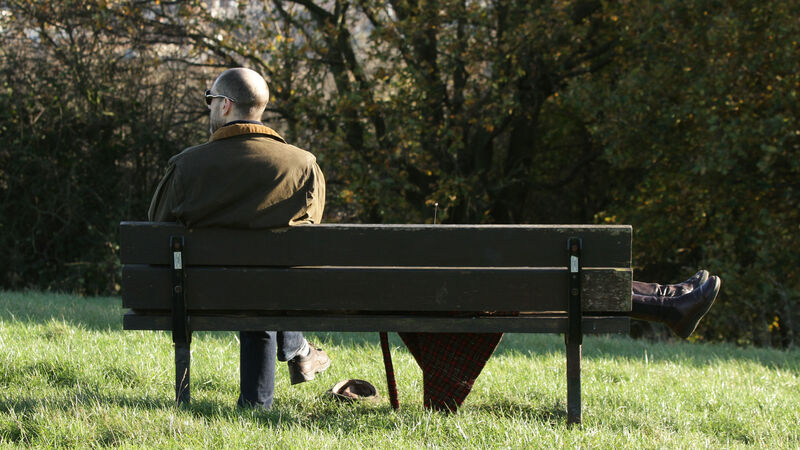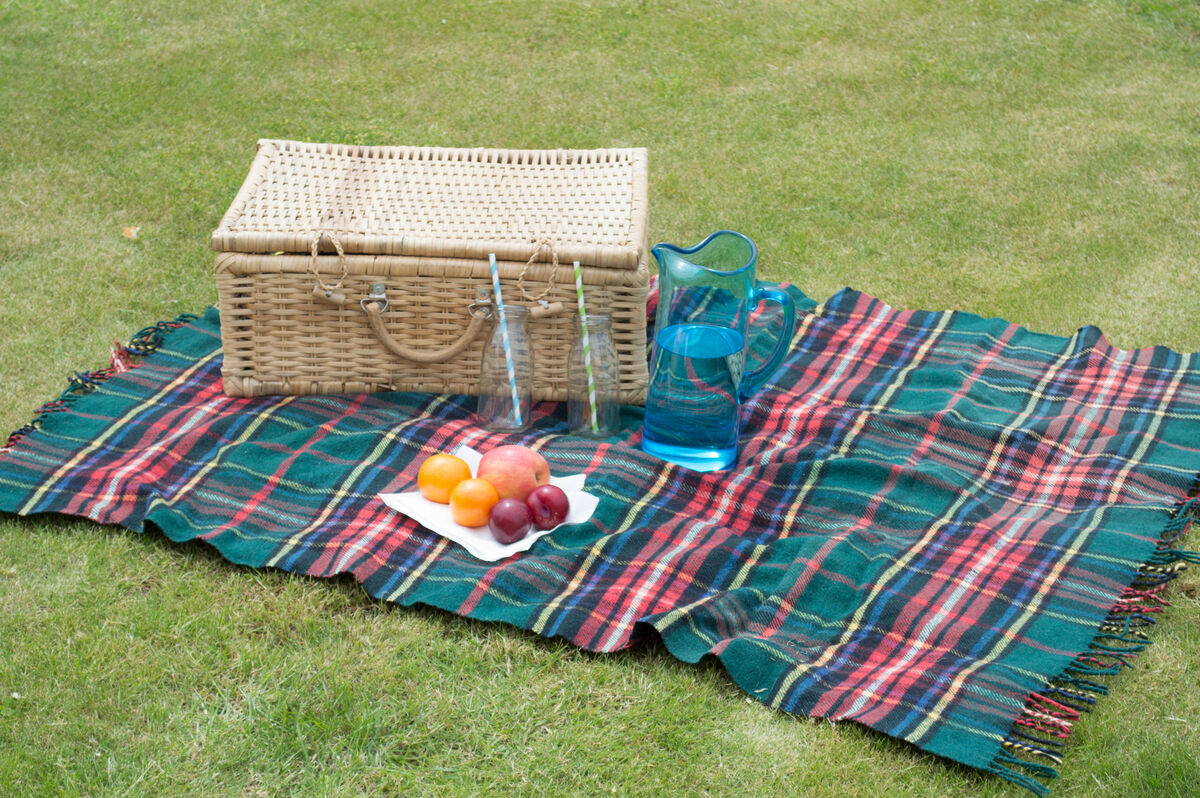Damien Enright: Hampstead Heath was always full of birds and wild berries to feed them

People on a park bench in Hampstead Heath. Picture: Yui Mok/PA Wire
Out walking on Hampstead Heath in north London two Sundays ago, I decided to take a look at the birds on Hampstead Ponds where, 30 years ago, we used to swim every summer. Our visit to England was brief, with the single intention of meeting family for the first gathering in two-and-a-half years. We'd planned for a walk on the Heath later that day, it being replete with memories.
Now, in February, I thought the pond environs would be strictly the haunt of coot and heron but was surprised to see not birds but coveys of pink people of both genders on the banks and in the water. All were wearing bathing suits but no bikinis were to be seen.
The sight made me shiver. Winter sea bathing in the Atlantic as practiced by the hardy women of our West Cork townlands isn't for the faint-hearted, but average June water temperature of 15°C drop to only 5°C in January: meanwhile, at the Ladies Pond at Kenwood, Hampstead, the average maximum is 19°C in June and 7°C in January, a shock drop I'd say, excoriating, unless one wore a wetsuit.
Nearby is Parliament Hill, aka Kite Hill, which we and the children would toboggan down in winter; it was once a London ski-run but that was more than a century ago, when winters were colder. The Hill is one of the highest points in London and the view, a Woodsworthian vista of the city, is protected by law. Damn good idea, I'd say: such views should be better protected at home. Keats wrote a poem about it entitled 'I Stood Tiptoe Upon a Little Hill'. A silly title – besides, the hill rises dramatically on the landscape. But then poor Keats wrote "I have been half in love with easeful Death..." and so must be forgiven for what seems frivolity.
The ponds are fed by the River Fleet, which is fed by springs and itself flows subterrainially into the Thames. They are surrounded by copses of native trees, the likes of blackthorn, whitethorn, holly, willow and alder. On swards of open parkland, oaks, ash and beech prevail. Years ago, in the mid-1970s when we lived there, views from our flat windows were curtained by the canopies of giant elms in spring and summer. But then the line of magnificent trees one by one succumbed to Dutch Elm disease and we were treated instead, at least at weekends, to Londoners prostrated under the hammer of the sun or families picnicking under sunshades.

The heath was always full of birds, and replete with wild berries to feed them. Even more so in recent years when Camden Council, the local authority, decided to stop strimming back the briars and weeds and leave some 40% of the almost 800 acres (320 hectares) to wild over.
It is and was always wild, never built over, first mentioned in history books in 986 when Ethelred the Unready granted one of his servants land at "Hemstede and later recorded in the Domesday Book of 1086. Over the centuries, it became a grassy public space rambling and hilly, embracing ponds, recent and ancient woodlands. Sitting astride a sandy ridge over London clay, citizens grazed their cattle and sheep on its meadows.
On the trees that border the paths for walkers and runners nuthatches nest, small, pretty birds that forage on insects in the bark and uncannily sometimes walk headfirst down the tree trunk; we would always look out for them. For the children, they were a highlight of the walk. We would see woodpeckers too, and once, for a season, a long-eared owl nested in one of the elms and swifts filled the sky between us and the view of Kite Hill.
That Sunday was set upon as a unique opportunity to meet the family from local and from various far-flung places on the Heath together, as of yore (fadó, fadó) in the 'plein air'.
On our week-return ticket from La Gomera, we stayed with one of our sons whose home is beside the Nene Wetlands in Northamptonshire. The extensive lakes, deep and shallow, provide a wide range of habitats. Watervoles, mink, otters, foxes and wild deer are local species. There's reed swamp, marsh, wet ditches, grassland, scattered scrub sparsely vegetated islands with gravel shorelines. Twenty thousand waterbirds use the wetlands for breeding, for winter quarters or vital stopping points on their migrations from Arctic Russia and southern Africa.
The nearest town is Irthlingborough pronounced "Earthlingborough". The area is noted for exotic wildlife but we saw nothing not seen in Ireland. However, we hope to visit again. Mainly it's the Earthlings –and their burrow – that we especially hope to see.





